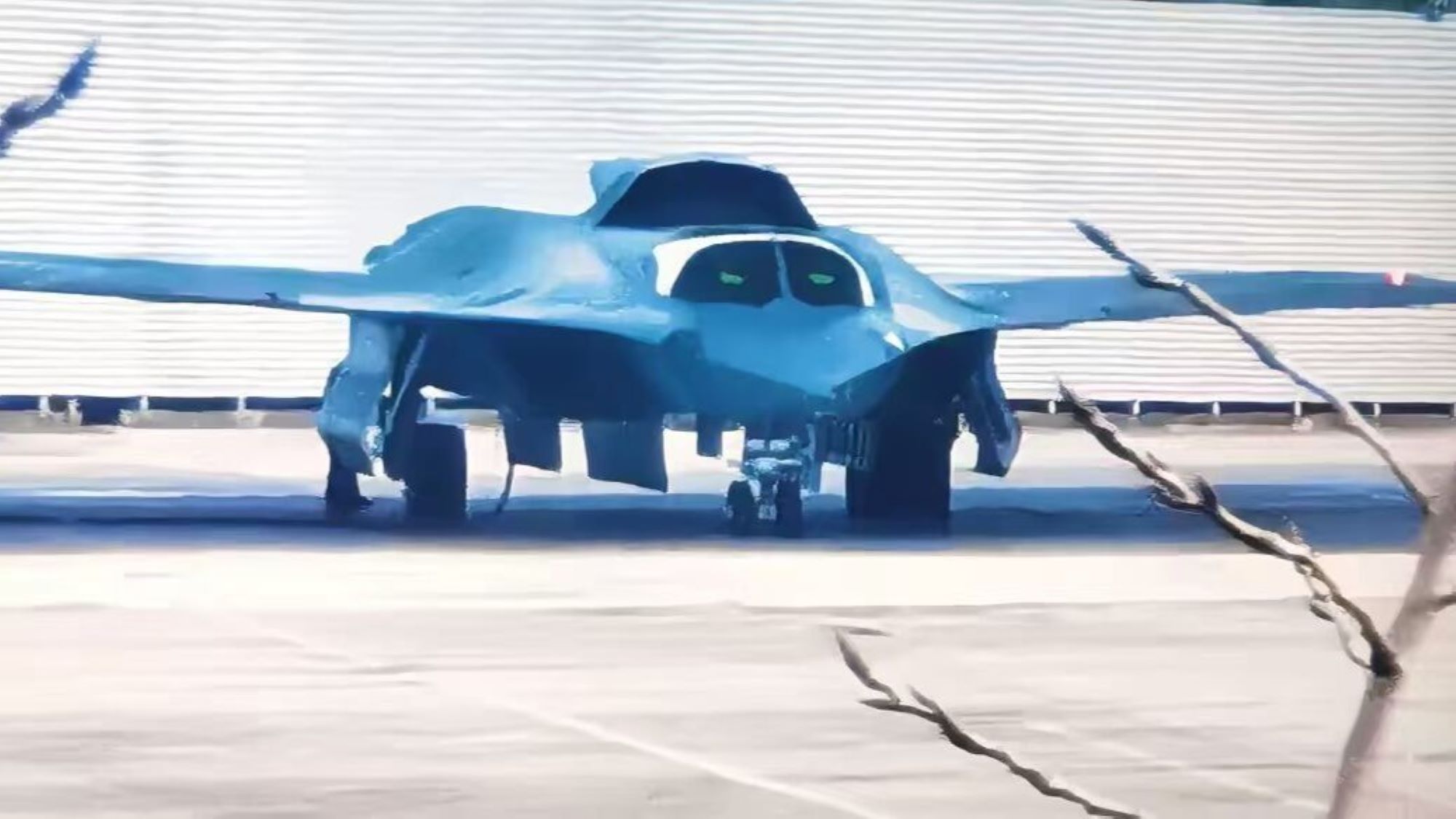Optimized Kinetics for Photothermal Catalysis: a Case of Biomass Conversion on CdS Nanocage
Advanced Energy Materials, EarlyView.

The hollow nanocage structure with enhanced photothermal effect is designed for efficient photothermal catalytic evolution of furfural and hydrogen through enhanced interfacial interactions. Based on the phonon-photon synergy, the time scales of hot electron injection and heat scattering in the interfacial reaction are prolonged to optimize the oxidation and reduction reaction kinetics.
Abstract
The utilization of photogenerated carriers in interfacial oxidation and reduction reactions is limited due to the kinetic imbalance between the oxidation and reduction ends. Rapid equilibration of photoexcited metal nanostructures forming hot carriers on ultrafast time scales has potential in accelerating the rate and kinetics of photocatalytic reactions. In this study, the hollow nanocage structures with enhanced photothermal effect are designed to achieve efficient photothermal catalytic evolution of furfural and hydrogen by enhancing the relaxation time scale of hot carriers. The formed spatial structure with internal and external separation facilitates the absorption of reactants by metal sites. Meanwhile the hollow nanocage structure is instrumental in the phonon-photon synergy, which supplies enhanced driving force for the photothermal coupling reaction through enhanced interfacial interactions. The enhanced photothermal effect simultaneously prolongs the time scale of thermal electron injection and heat scattering in the interfacial reaction, balancing the kinetics of the reduction and oxidation half-reactions. This work is significant for finely designed spatial structures to optimize total energy utilization.




















































































































































